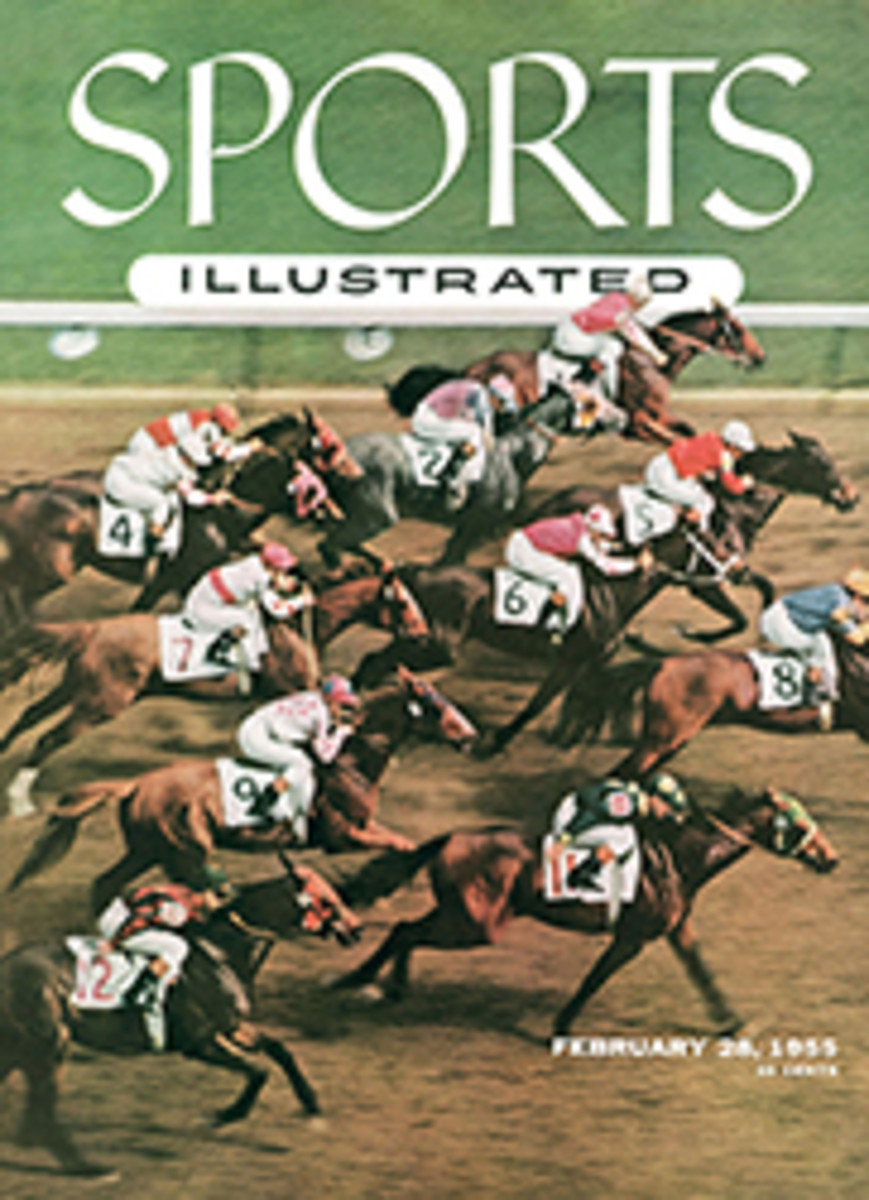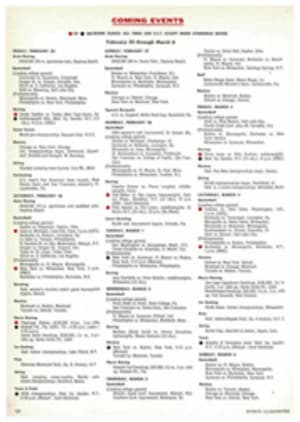
OLD FIGHTERS DO DIE...
In a novel about the boxing game a few years back, I got going on old-time fighters. I'm too lazy to dig out the paragraph, but the idea was this: there's something about old athletes that gets to me, whether they be old ballplayers, old trackmen or even old broken-down polo players. But none of those reaches out and grabs me like an old fighter. I go into a bar and I spot an old fighter, maybe working behind the bar or tracking down some memory with a drink in his hand, and I'm captured by a sense of nostalgia, sympathy, admiration—I call it fighterschmerz. I look at this guy's flattened nose, or the tell-tale scar tissue on the left eye and I think of all the times he was in there alone, the last of 20th Century man to wage individual battle.
Sometimes I run into the ones I've seen, Bud Taylor, Tony Canzoneri, Johnny Andressano, Jackie Fields, and I remember the nights, the rounds, the skill, the courage. More often I come across some less gifted graduate of Rosin University, the kind of boy who used to raise bloodthirsty cries from the gallery because he made great fights strictly on heart; a club fighter whose ability to absorb punishment made him a proud pawn in a game of strategic moves he could never understand.
THE BIG CIRCLE
I think of Ace Hudkins with his sick-blue complexion and his washed-out eyes. And Pete Nebo, a Seminole off the Florida Keys, who gave the best of them a hard time: Canzoneri, Sid Terris, Kid Chocolate, Ray Miller, Benny Bass. Nebo made the big circle from Key West to the Garden, on to Paris, and back to Key West, a shattered, battered figure carrying on an endless conversation with himself. Outside the old Main Street Gym in Los Angeles I see the ghost of George Godfrey, ragged and broke and sick. George had been a dangerous black heavyweight, in the days before Louis, when color stood you off from the big money.
Hold on, you say, isn't the fight game alive with examples of men who made it in the ring and went on to become respected and prosperous citizens in the later years? Check, and we'll get to them one of these days. But these lines are frankly dedicated to their less fortunate brothers, the ones who went as far as they could and found nothing at the end of the road but a stone wall and a cold wind. Sam Langford, maybe the greatest, blind and busted and all but forgotten. And old Mike McTigue, whose physical remains linger on while his mind goes wandering God knows where. Ancient Kid Broad, who used to get up a lot but finally stayed down for good in a Skid Road gutter. And Panama Al Brown, Jimmie Slattery, Black Bill, Kid Norfolk, Pete Virgin—the names alone could fill this column—blind or ravaged with TB or suffering from that frightful wet-brain disease that clouds the mind and short-circuits the apparatus of speech and locomotion.
As these troops of sick and needy ringmen march across my mind, I can't help asking: couldn't the fight game borrow a page from the theater or the film industry and organize some program of constructive aid for those veterans who gave freely, perhaps too freely, of their blood and courage and skills when they were prime, but have since run out of health, money, eyesight, coordination—and maybe hope?
The gross receipts from boxing may be only a third of what they were in the good old (pretelevision) days. But they're still pushing five million a year. An imperceptible percentage off the top of every show, or a pledge of 2% or so from everyone who takes his living out of boxing, ought to be enough to set up at least a memorial hospital wing where name fighters and club fighters, who lost some tough decisions after they left the ring, could find refuge. Along with the medical care they might appreciate the psychological assurance that those years of glory, with the big wins and the nights they kept getting up and lost with class, had not been forgotten.
Public-relationwise, this past year has been a loser for the fight game. Memorable fights like the first Marciano-Charles, and new boys who know the moves like Frankie Ryff and Carmelo Costa, have been sadly eclipsed by a black cloud of scandal. The Saxton-Gavilan fiasco, with its smell of underworld maneuvering, the failure of the Christenberry regime to act against the hoodlums it had charged with ruining the fight game, the epidemic of mismatches, sudden shifting in odds and exposure of undercover managers have reduced boxing prestige to one of its all-time lows, than which there is nothing more minimal. I can't think of a more expedient time for the boxing fraternity to lead with a plan for the relief of its own walking wounded.
It is a business constantly rapped for its short-sightedness, for its concentration on the immediate buck. It has been a business where benevolence is a dirty word. Yet, on a level of individual generosity, the boxers, trainers, and even managers and promoters stack up pretty well against their opposite numbers in the other sports and the amusement industries. There is a potential here for a lasting, practical, memorial serving the Sam Langfords, the Ad Wolgasts and Al Browns, whose lives deteriorated into pitiful anticlimaxes, to the fury and vigor of their achievements in the ring.
A PLEDGED CONTRIBUTION
I would like to see Nat Fleischer, the venerable patron of this ancient art, sponsor such a movement, perhaps with Joe Louis and Jack Dempsey as associate chairmen, and possibly with the cooperation of the State Commission medical staff. I wish one night a year could be set aside for an all-out benefit show that could sweep a five-figure bundle into the veterans' fund.
Am I knocking this out just to hear myself talk? The moment this project is set up under any legitimate sponsorship, the fee for this piece is a pledged contribution.
PHOTO
MIKE McTIGUE, once a colorful light-heavy, ended in a succession of hospitals.
ILLUSTRATION
"And be sure to remind him about going to the farthest neutral corner."

